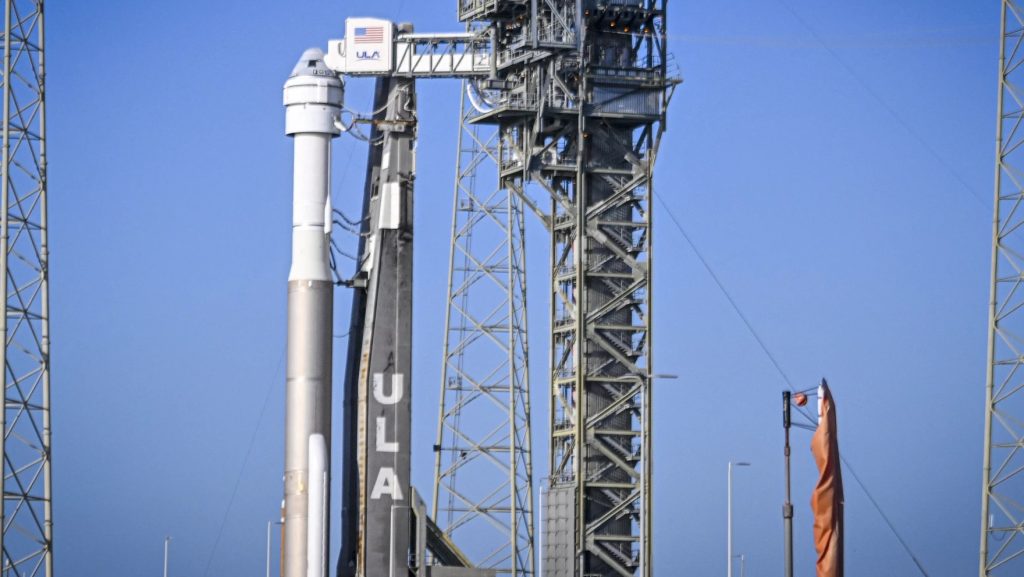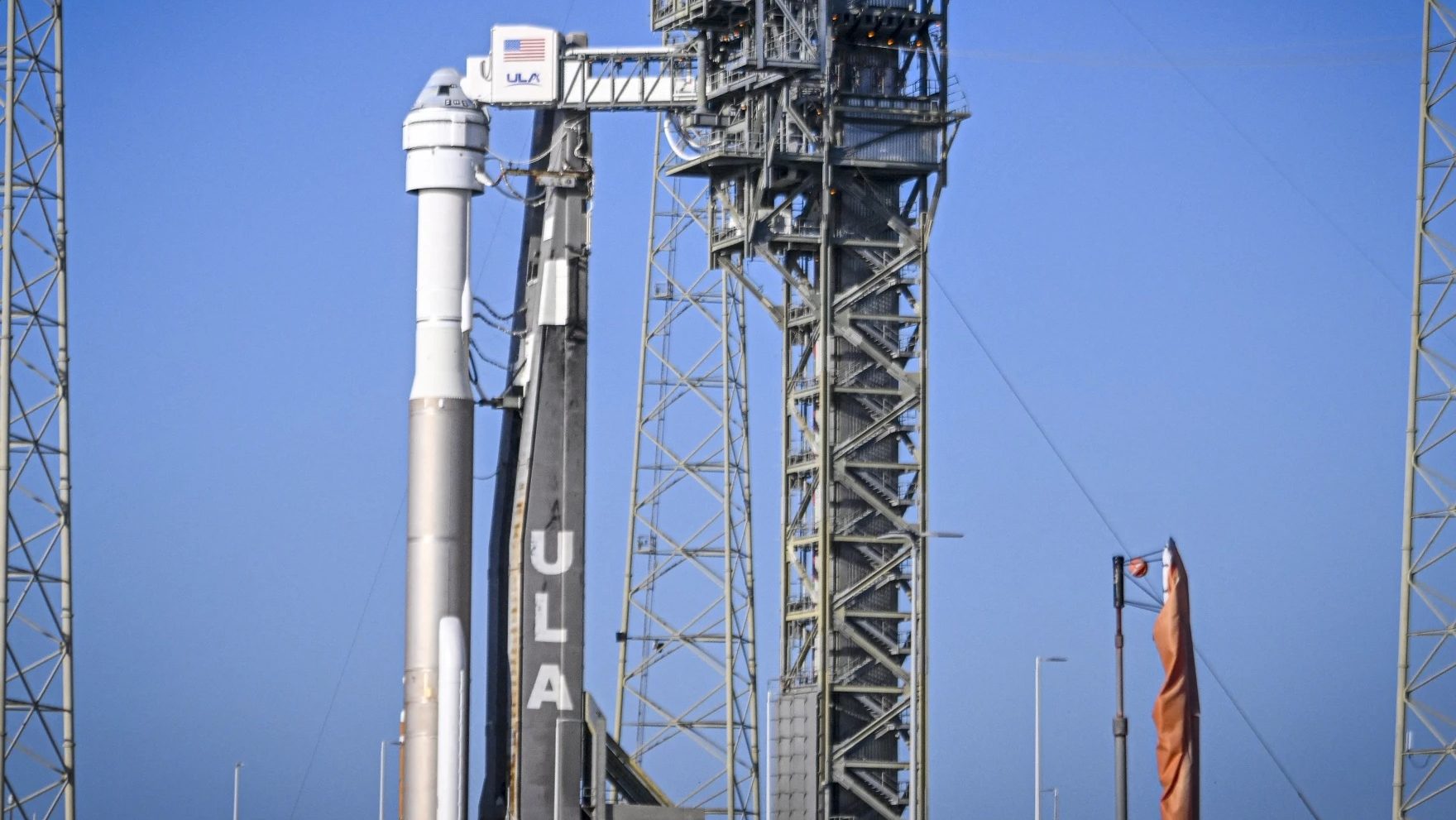The Third Time’s the Charm for Boeing’s Starliner

CAPE CANAVERAL, Fla. — After a series of delays and technical challenges, Boeing’s Starliner space capsule successfully lifted off from the Cape Canaveral Space Force Station, marking a significant milestone in commercial space travel. The capsule, carrying two NASA astronauts, reached orbit approximately twelve minutes after launch and is now en route to the International Space Station (ISS).
Historic First Human Mission for Starliner
This mission is a landmark event as it is the first time the Starliner, a commercially-built capsule by Boeing, is transporting humans. Astronauts Barry “Butch” Wilmore and Sunita “Suni” Williams are at the helm, with Wilmore serving as commander and Williams as mission pilot. The crew is set to dock with the ISS on Thursday around 12:15 p.m. ET, after a 25-hour journey.
Overcoming Obstacles
This launch marks the third attempt to get Starliner off the ground. On Saturday, the mission was aborted with less than four minutes remaining due to an issue with the flight computers. The launch provider, United Launch Alliance (ULA), identified a faulty power supply in the system, which was subsequently replaced, clearing the way for Wednesday’s successful launch. The previous month’s attempt was also scrubbed due to a malfunctioning valve on the Atlas V rocket’s upper stage Centaur, followed by the discovery of a helium leak in the Starliner’s propulsion system.
A Long Road to Success
The successful launch of Starliner comes after a series of setbacks. An uncrewed mission in 2019 failed to reach the ISS due to issues with the flight computer code. Although a subsequent re-flight in 2022 was deemed successful, NASA and Boeing later identified problems with the capsule’s parachute systems and the flammability of tape used within the spacecraft. These issues were resolved, leading to NASA’s approval for the current crewed mission.
Testing and Future Missions
As Starliner heads towards the ISS, Wilmore and Williams will put the spacecraft through rigorous testing, including assessments of life support and communication systems. While the capsule is capable of autonomous flight, the astronauts will also test manual controls during the docking process.
The crew will spend about a week aboard the ISS before returning to Earth, landing under parachutes in the southwestern United States. The data collected from this mission will be crucial for certifying Starliner for future operational missions. NASA plans to alternate astronaut flights between Boeing and SpaceX, ensuring regular trips to the ISS approximately every six months.
Looking Ahead
With the successful launch of Starliner, Boeing takes a significant step forward in its commercial space endeavors. The company now aims to catch up with its competitor SpaceX, which has already completed nine missions for NASA and four private flights. This mission represents a critical milestone for Boeing as it seeks to establish itself as a reliable partner in NASA’s commercial crew program.


